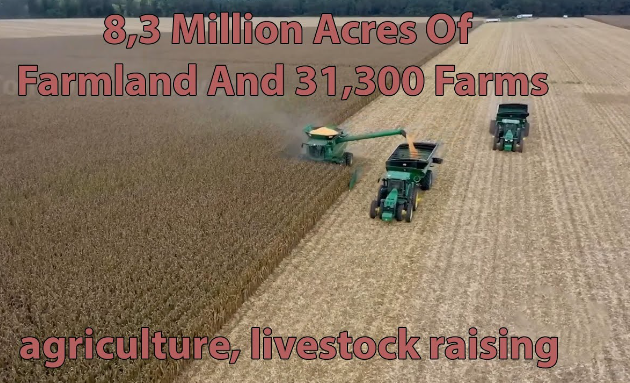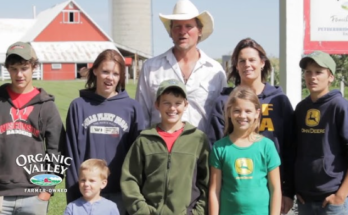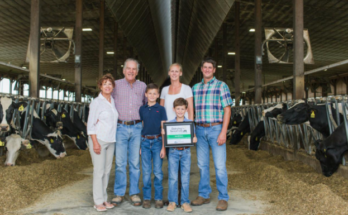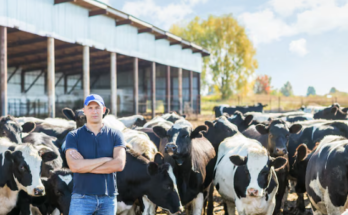With more than 127 million acres of land used for agricultural cultivation. Texas is the state with the largest agricultural land area in the country. Today we are going to the farms in Texas to see how farming and cattle ranching in this state happen.

Texas Farmers and Their Use of 127 Million Acres of Farmland
Texas, known for its vast landscapes and agricultural heritage, is home to one of the largest and most diverse farming sectors in the United States. With 127 million acres of farmland, the state plays a significant role in the production of crops, livestock, and other agricultural goods that contribute to the national and global economy. But managing such a large amount of farmland requires strategic planning, substantial investments, and an efficient distribution of resources, all of which are supported by specific spending budgets.
Spending Budget for Texas Agriculture
The agricultural budget for Texas farmers is influenced by a combination of government subsidies, private investments, and financial resources from farm operators themselves. Government programs such as crop insurance, farm loans, and disaster relief contribute a significant portion of the funding available to farmers. The U.S. Department of Agriculture (USDA) allocates funds through various channels, ensuring that Texas farmers can weather the ups and downs of the farming cycle.
Additionally, farmers in Texas benefit from state-level incentives, including tax credits and grants, aimed at supporting agricultural innovations and sustainable practices. These programs help reduce the financial burden on farmers, allowing them to focus on producing crops and raising livestock. Texas also provides financial support for conservation efforts, such as soil health programs and water usage initiatives, critical in managing the state’s vast, diverse landscape.
Release Date of Key Agricultural Policies and Budgets
The release dates of agricultural spending budgets and policies are critical for Texas farmers to plan their operations. The federal budget, which is announced annually, outlines funding allocations for agricultural programs that impact Texas farmers. These budgets are typically released in the fall, allowing farmers to anticipate funding availability and adjust their business strategies accordingly.
On a state level, the Texas Department of Agriculture (TDA) issues its financial plans and supports programs that directly impact farmers, such as grants for farm-to-market road improvements and support for emerging agricultural technologies. The TDA’s spending policies are typically released in tandem with the state’s fiscal year, which begins on September 1st.
Success of Texas Farmers
The success of Texas farmers can be attributed to several factors. One major factor is the state’s ability to adapt to changing environmental and economic conditions. Texas agriculture spans a wide range of industries, from cotton, corn, and wheat to cattle, poultry, and dairy farming. This diversity allows farmers to minimize risks and take advantage of emerging markets. Additionally, technological advancements in farming practices, such as precision agriculture, have greatly enhanced productivity and sustainability.
Moreover, Texas farmers have a history of being resilient, particularly in the face of unpredictable weather patterns, droughts, and fluctuating commodity prices. The combination of government support, innovative techniques, and strong market demand has ensured that Texas remains a powerhouse in American agriculture.
Farm Availability and Resources for Farmers
Texas provides a wealth of resources for both established and aspiring farmers. The state’s Department of Agriculture offers a range of programs, from land access initiatives to training and educational resources for new farmers. There are also numerous online platforms and government websites where farmers can find valuable information about available land, grants, and other farming opportunities. Local cooperative extension offices offer on-the-ground support for farmers to improve crop yields, learn about sustainable practices, and gain access to funding opportunities.
With its vast acreage, Texas offers a variety of farming options, from large-scale commercial operations to smaller, niche farming ventures. These resources are critical to ensuring that farmers in Texas continue to thrive and contribute to the state’s robust agricultural industry.



